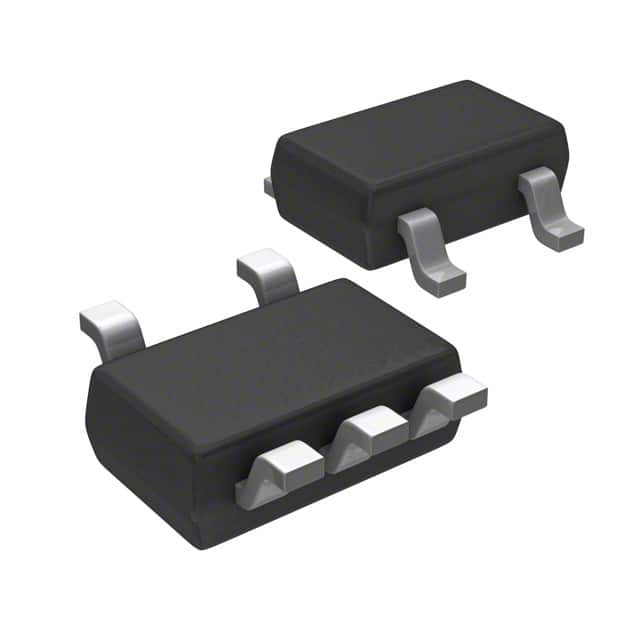ON Semiconductor LM317MSTT3G
- LM317MSTT3G
- ON Semiconductor
- IC REG LIN POS ADJ 500MA SOT223
- PMIC - Voltage Regulators - Linear
- LM317MSTT3G Datasheet
- TO-261-4, TO-261AA
- Bulk
-
 Lead free / RoHS Compliant
Lead free / RoHS Compliant - 2884
- Spot Inventory / Athorized Dstributor / Factory Excess Stock
- 1 year quality assurance 》
- Click to get rates
| Part Number LM317MSTT3G |
| Category PMIC - Voltage Regulators - Linear |
| Manufacturer ON Semiconductor |
| Description IC REG LIN POS ADJ 500MA SOT223 |
| Package Bulk |
| Series - |
| Operating Temperature 0°C ~ 125°C (TJ) |
| Mounting Type Surface Mount |
| Package / Case TO-261-4, TO-261AA |
| Supplier Device Package SOT-223 (TO-261) |
| Output Type Adjustable |
| Voltage - Output (Min/Fixed) 1.2V |
| Voltage - Output (Max) 37V |
| Current - Output 500mA |
| Output Configuration Positive |
| Control Features - |
| Voltage - Input (Max) 40V |
| Number of Regulators 1 |
| Voltage Dropout (Max) - |
| Current - Quiescent (Iq) 10 mA |
| Current - Supply (Max) - |
| PSRR 80dB ~ 65dB (120Hz) |
| Protection Features Over Current, Over Temperature |
| Package_case TO-261-4, TO-261AA |
LM317MSTT3G Guarantees



• Prompt Responsiveness
• Guaranteed Quality
• Global Access
• Competitive Market Price
• One-Stop support services of supply chain
Jinftry, Your most trustworthy component supplier, welcome to send us the inquiry, thank you!
Do you have any questions about LM317MSTT3G ?
Feel free to contact us:
+86-755-82518276
+8615019224070, annies65, +8615118125813
568248857, 827259012, 316249462
+8615019224070, +8615118118839, +8615118125813
( Email first will be appreciative )
Customer reviews
ON Semiconductor

ON Semiconductor is driving energy efficient innovations, empowering customers to reduce global energy use. The company is a leading supplier of semiconductor-based solutions, offering a comprehensive portfolio of energy efficient power management, analog, ...

NCP4586DMU25TCG
IC REG LINEAR 2.5V 150MA 4UDFN

NCP4682DSQ20T1G
IC REG LINEAR 2.5V 150MA 4UDFN

NCP4681DSQ15T1G
IC REG LINEAR 2.5V 150MA 4UDFN

MC7818CD2TR4G
IC REG LINEAR 2.5V 150MA 4UDFN

MC7809CD2TR4G
IC REG LINEAR 2.5V 150MA 4UDFN

NCP4682DMU15TCG
IC REG LINEAR 2.5V 150MA 4UDFN

NCP4682DMU28TCG
IC REG LINEAR 2.5V 150MA 4UDFN

NCP585DSN25T1G
IC REG LINEAR 2.5V 150MA 4UDFN



















